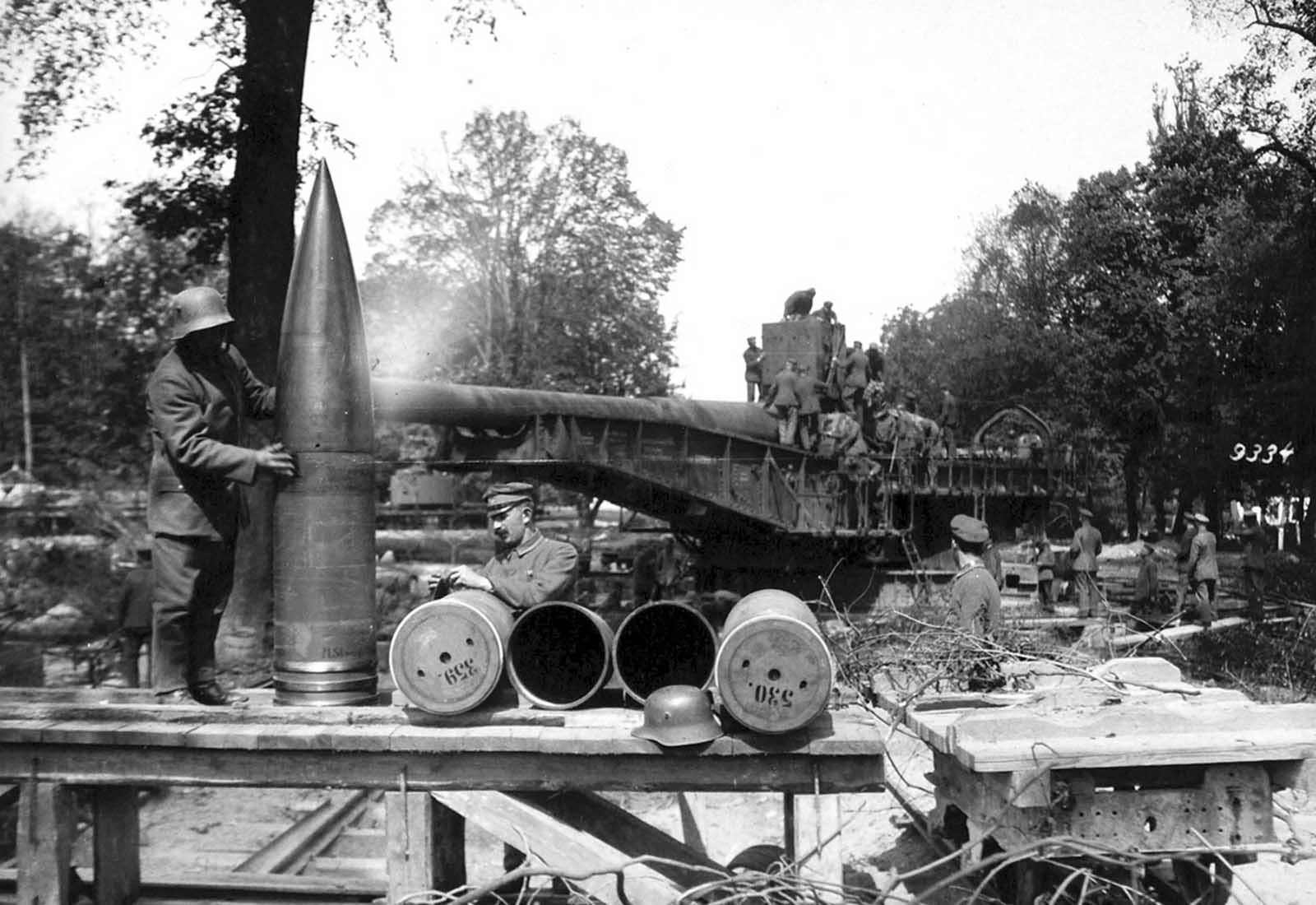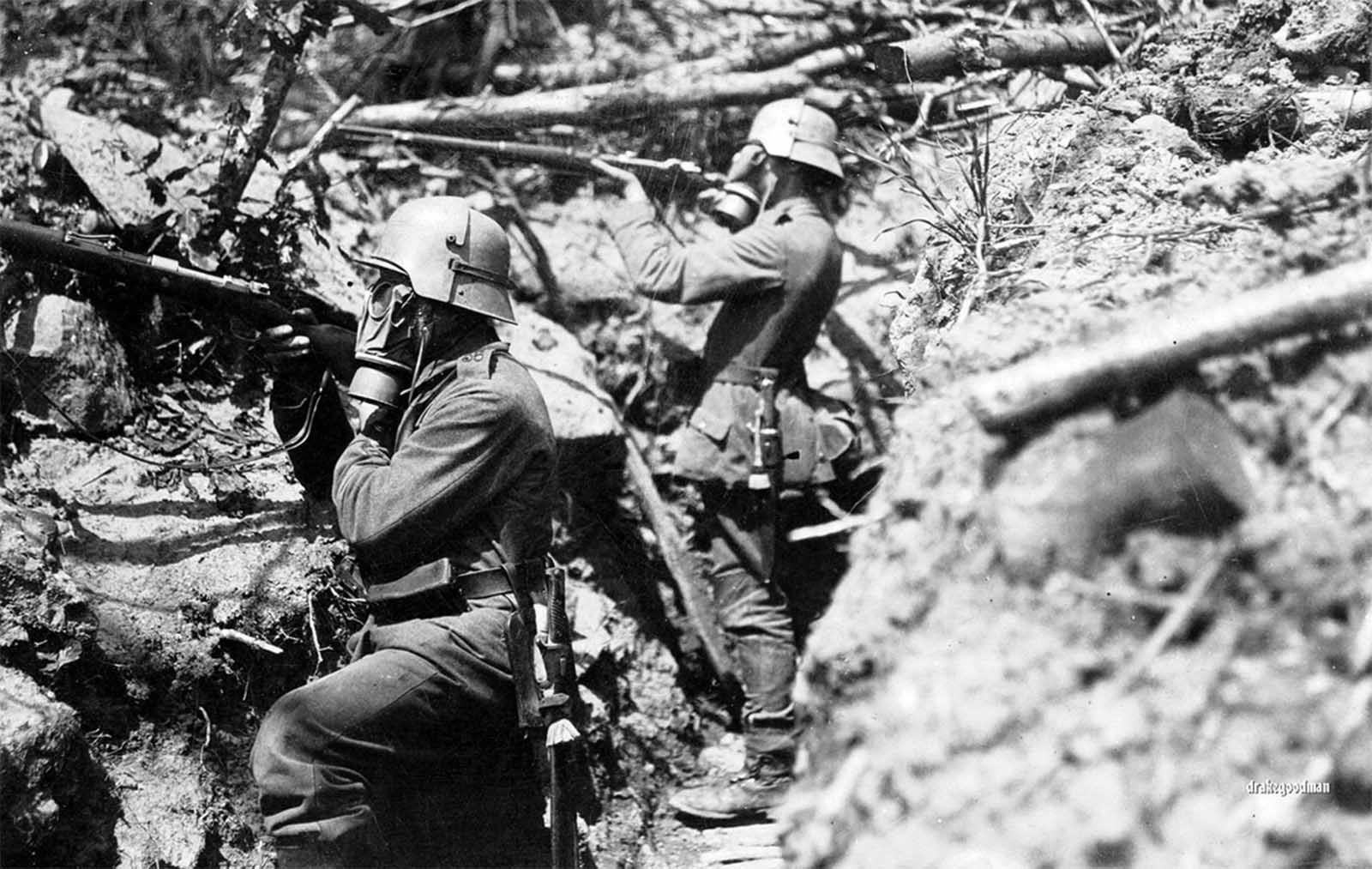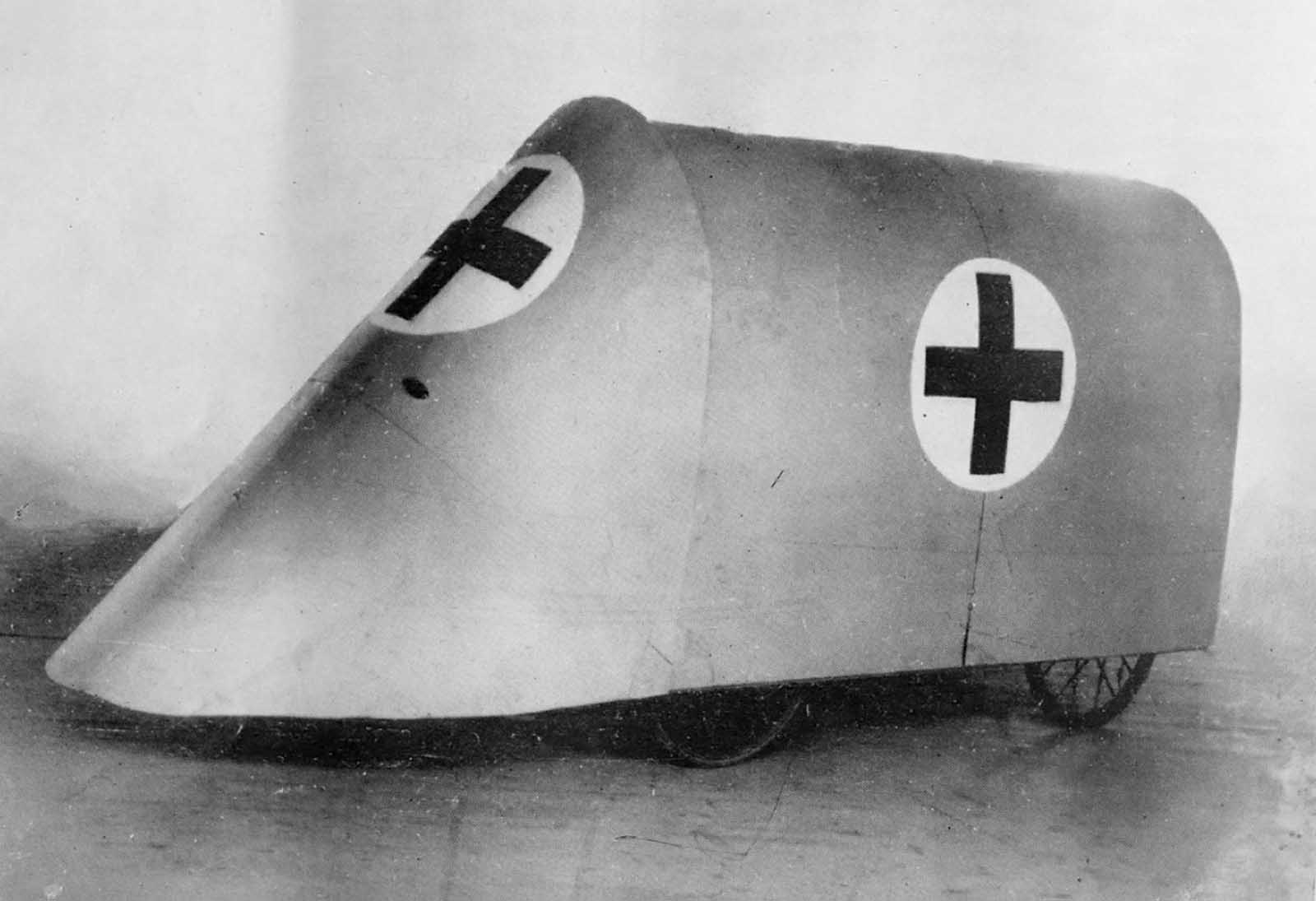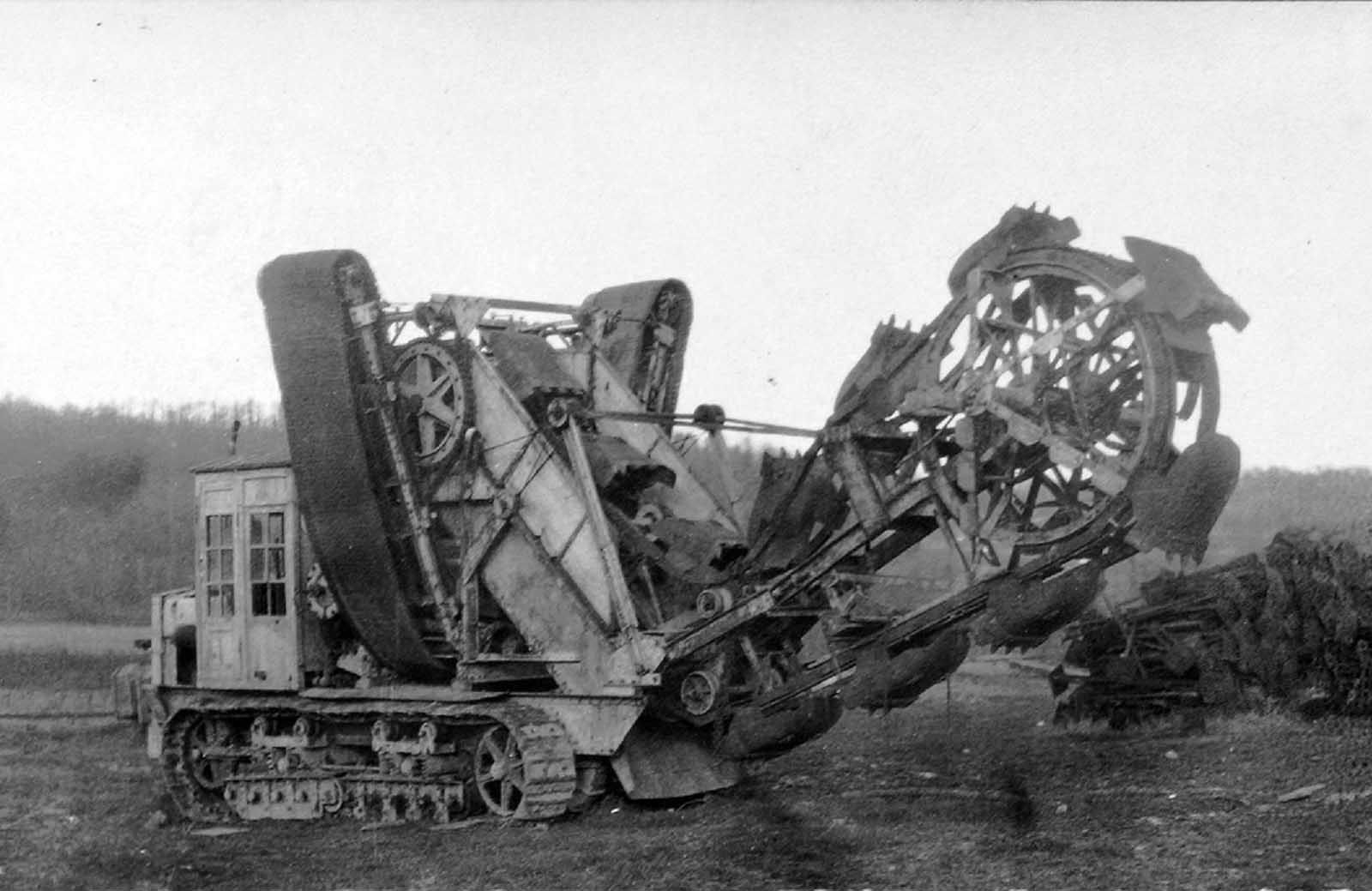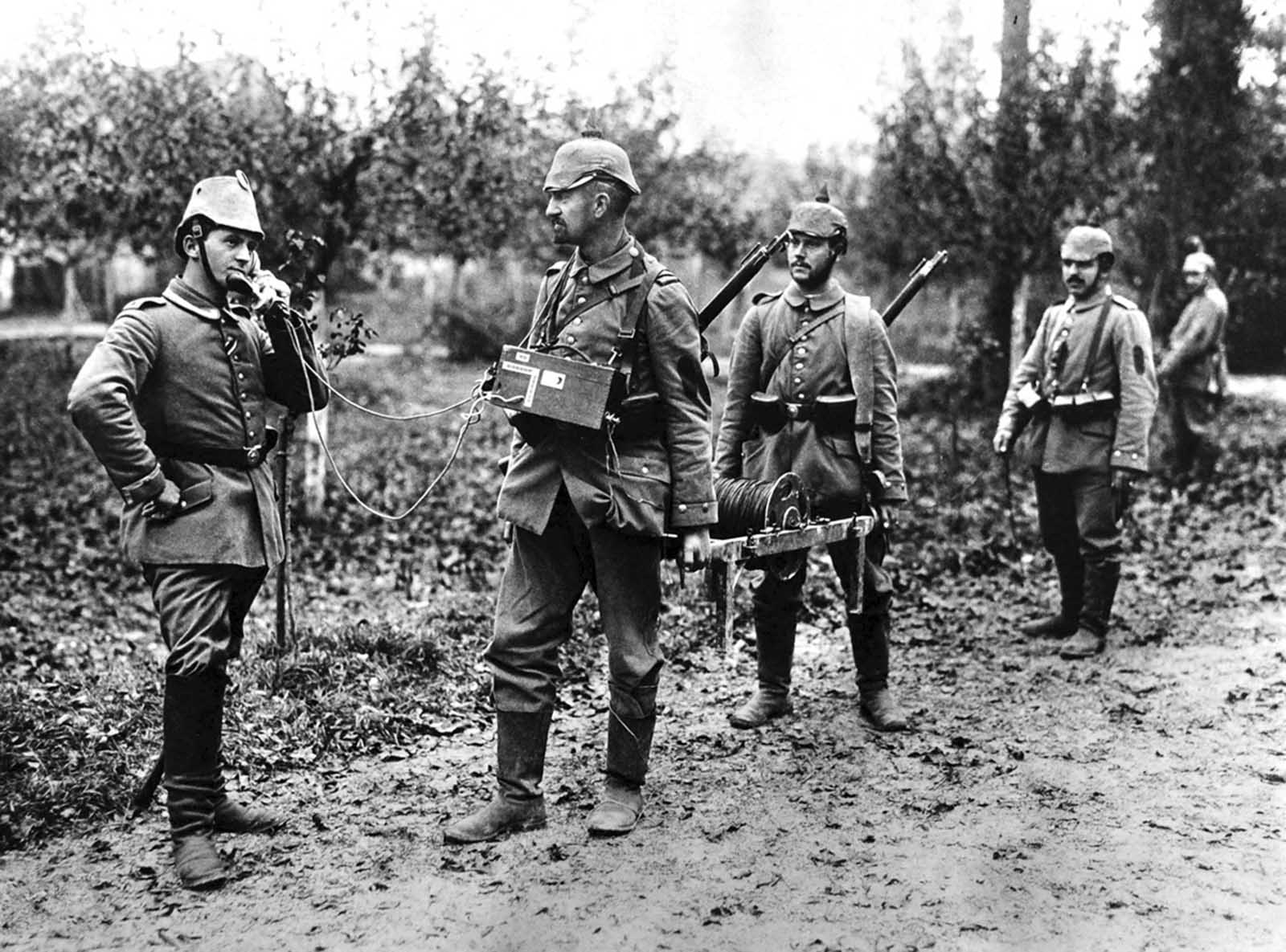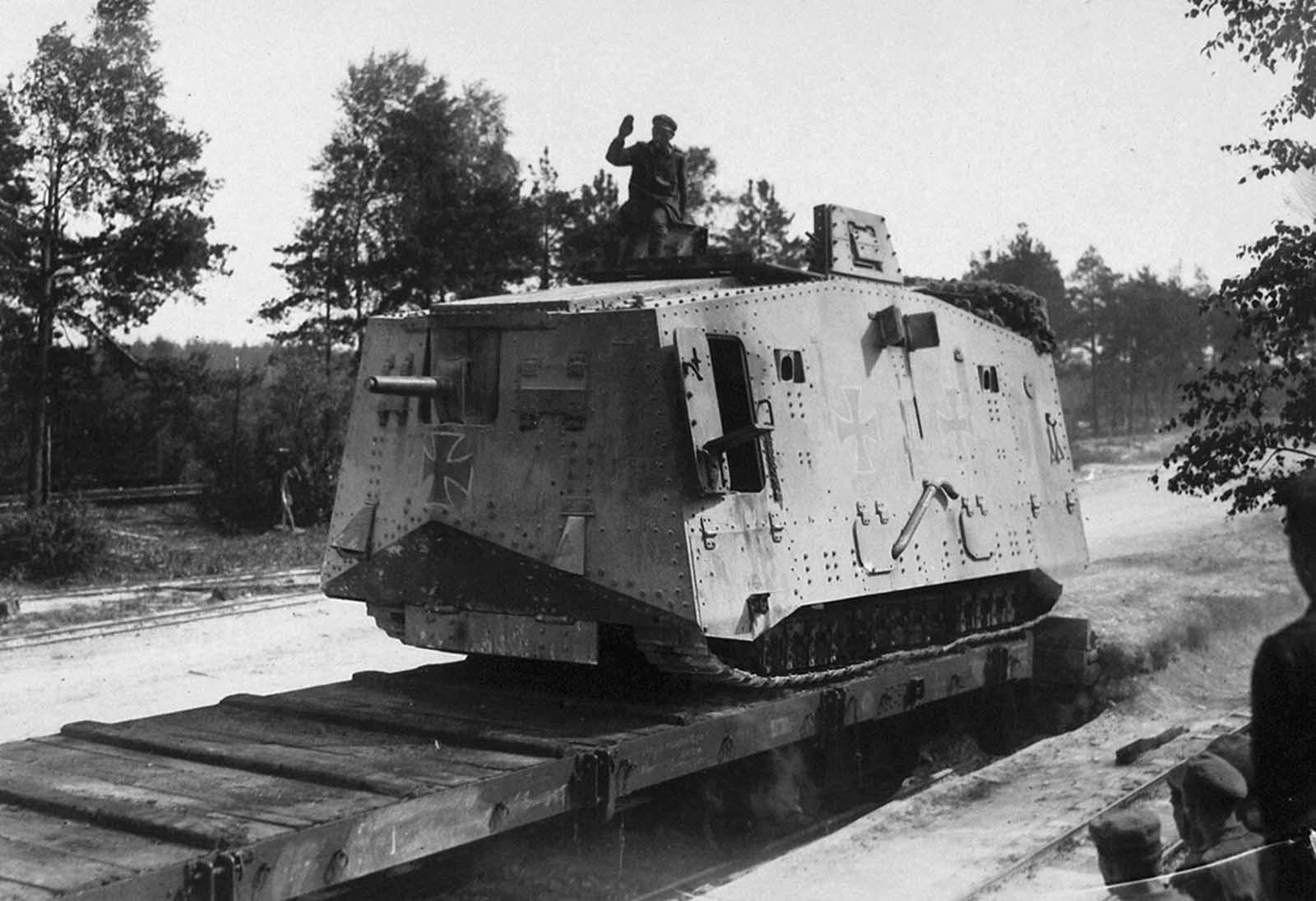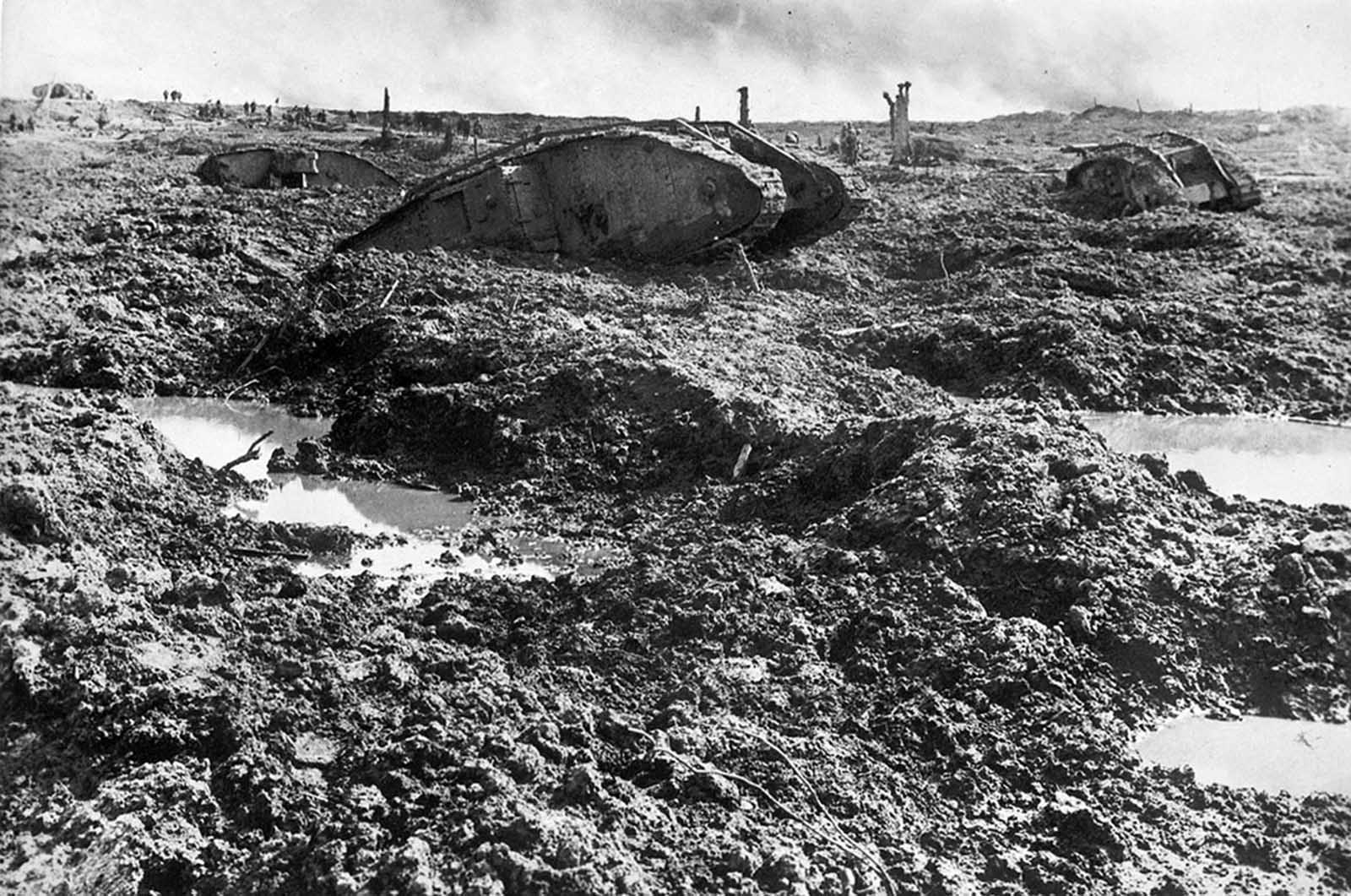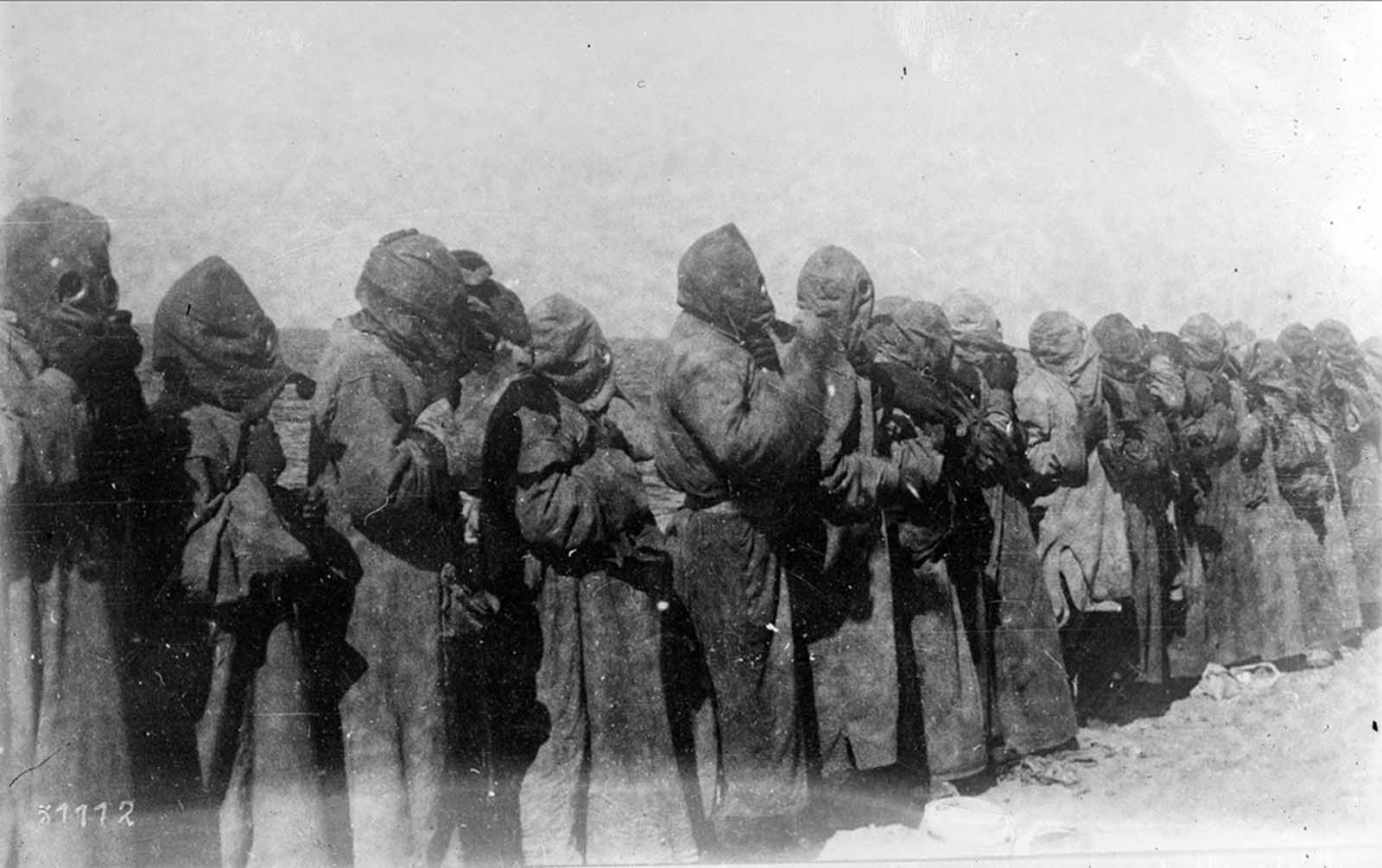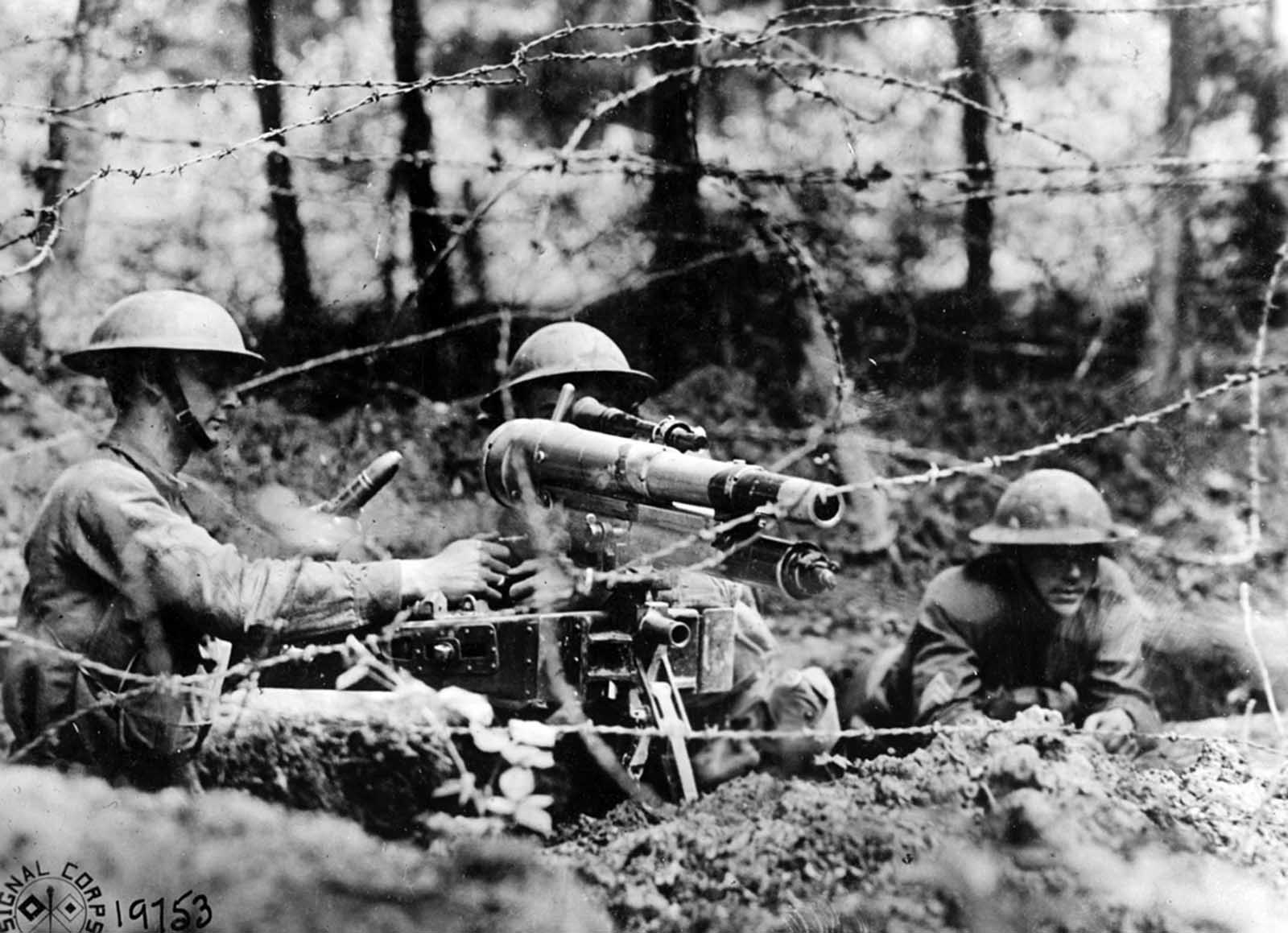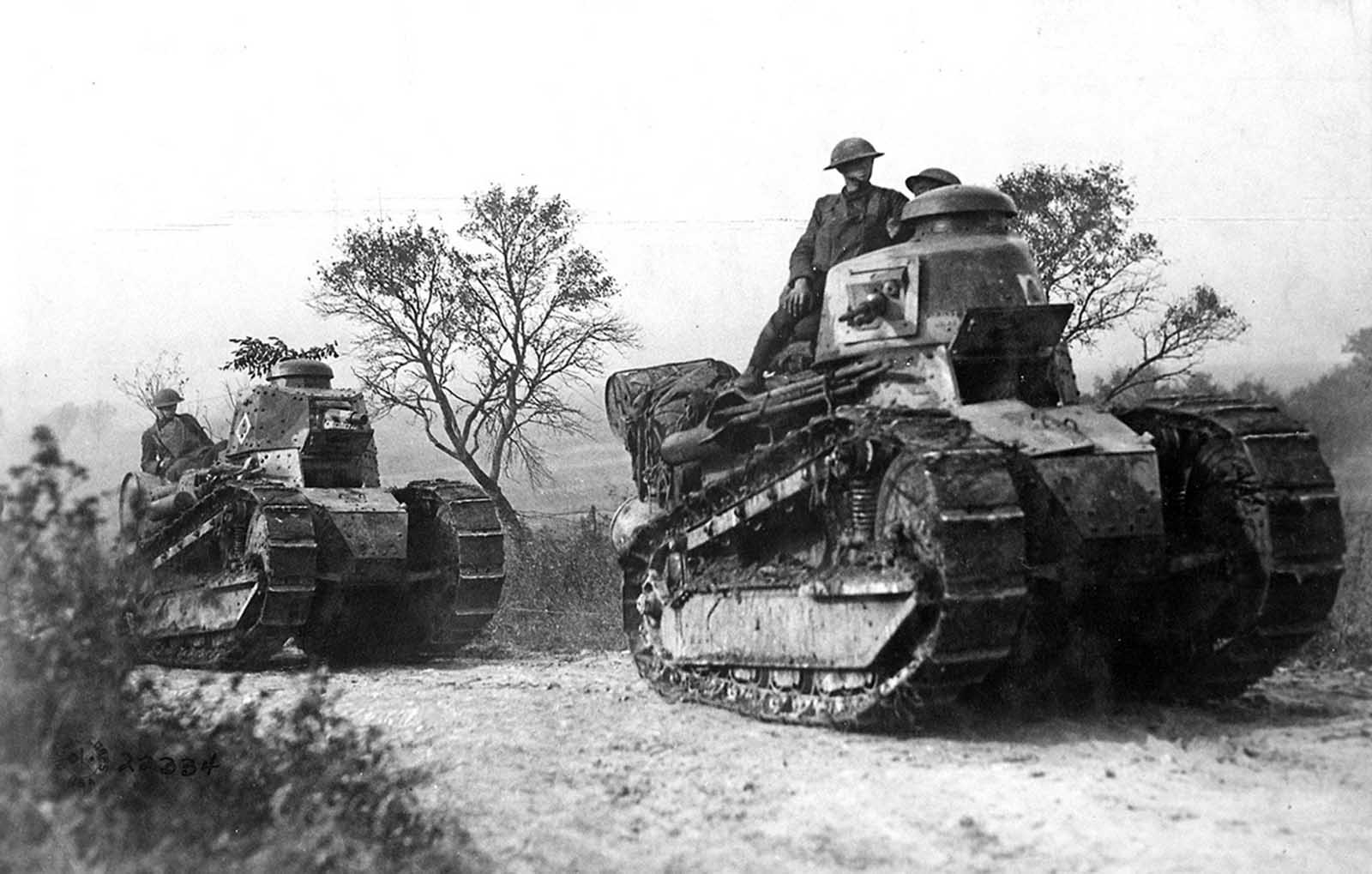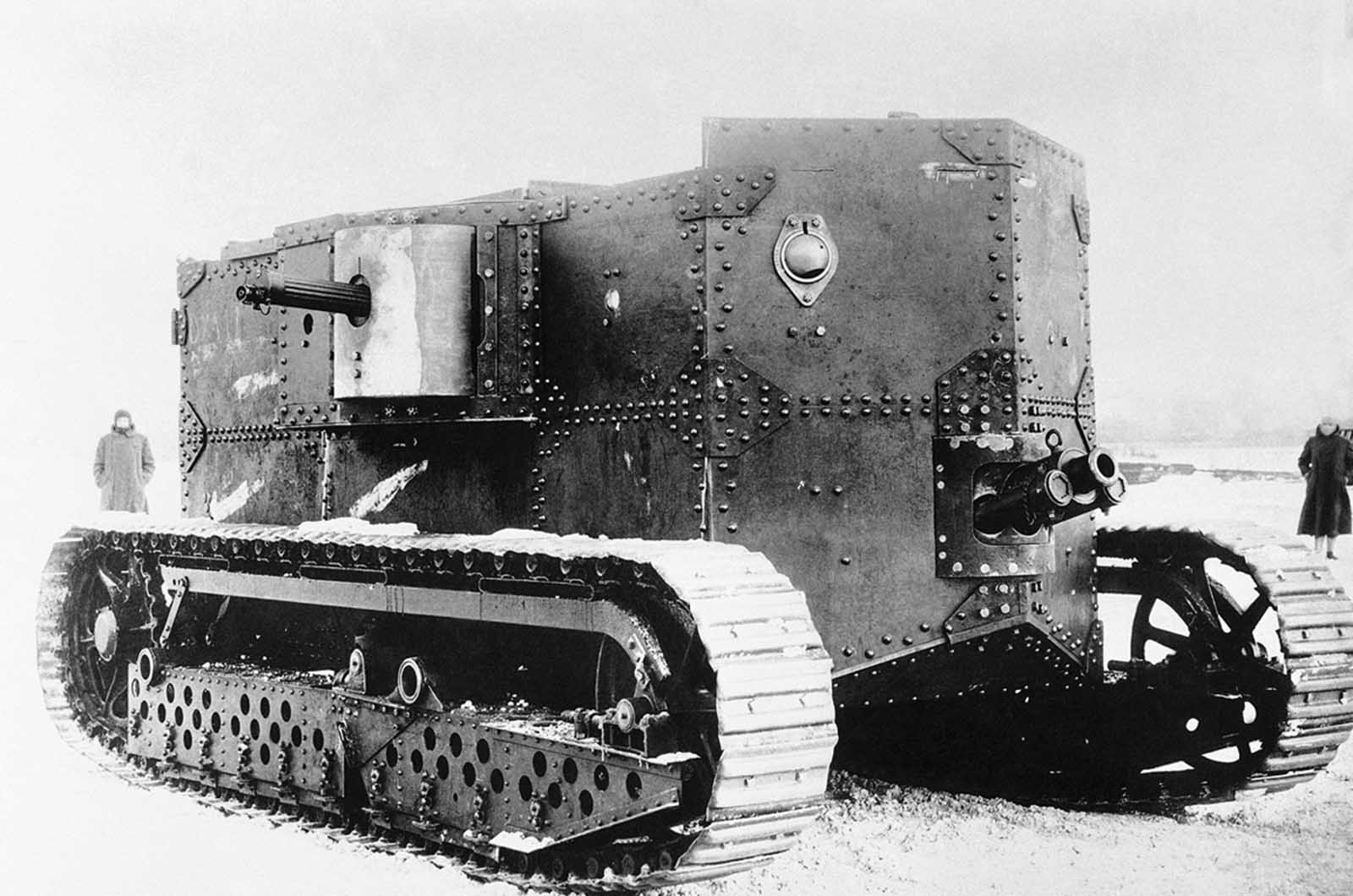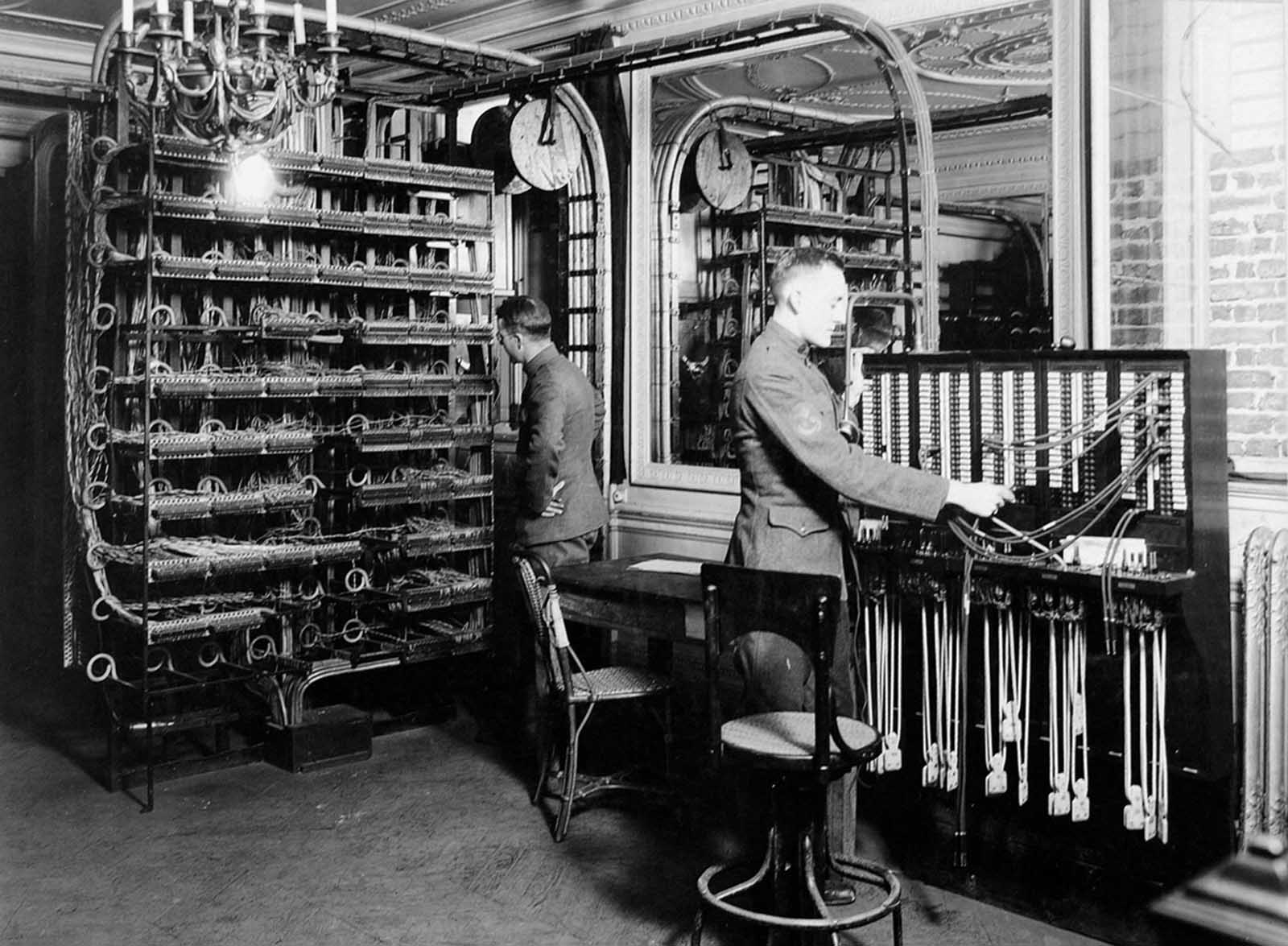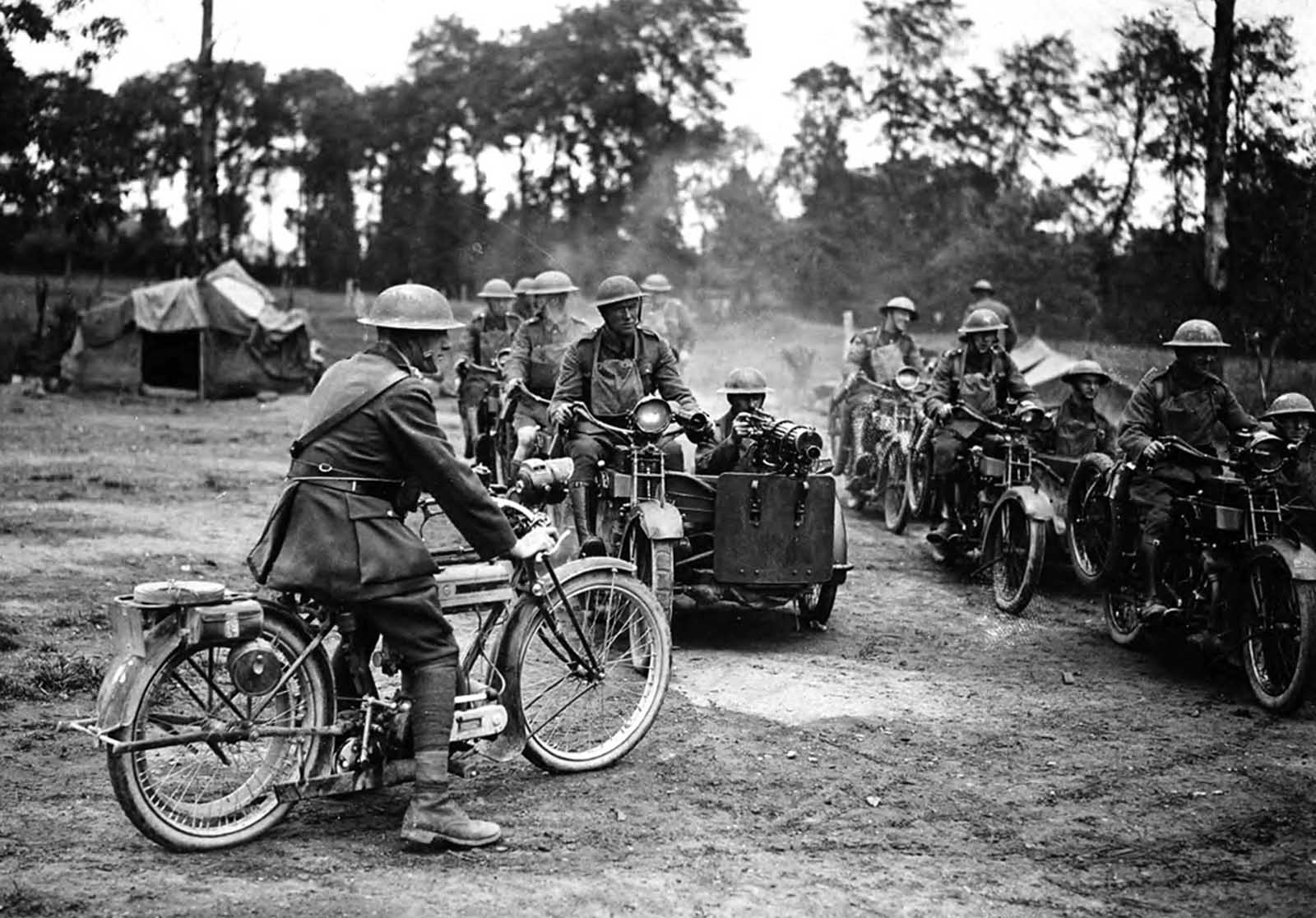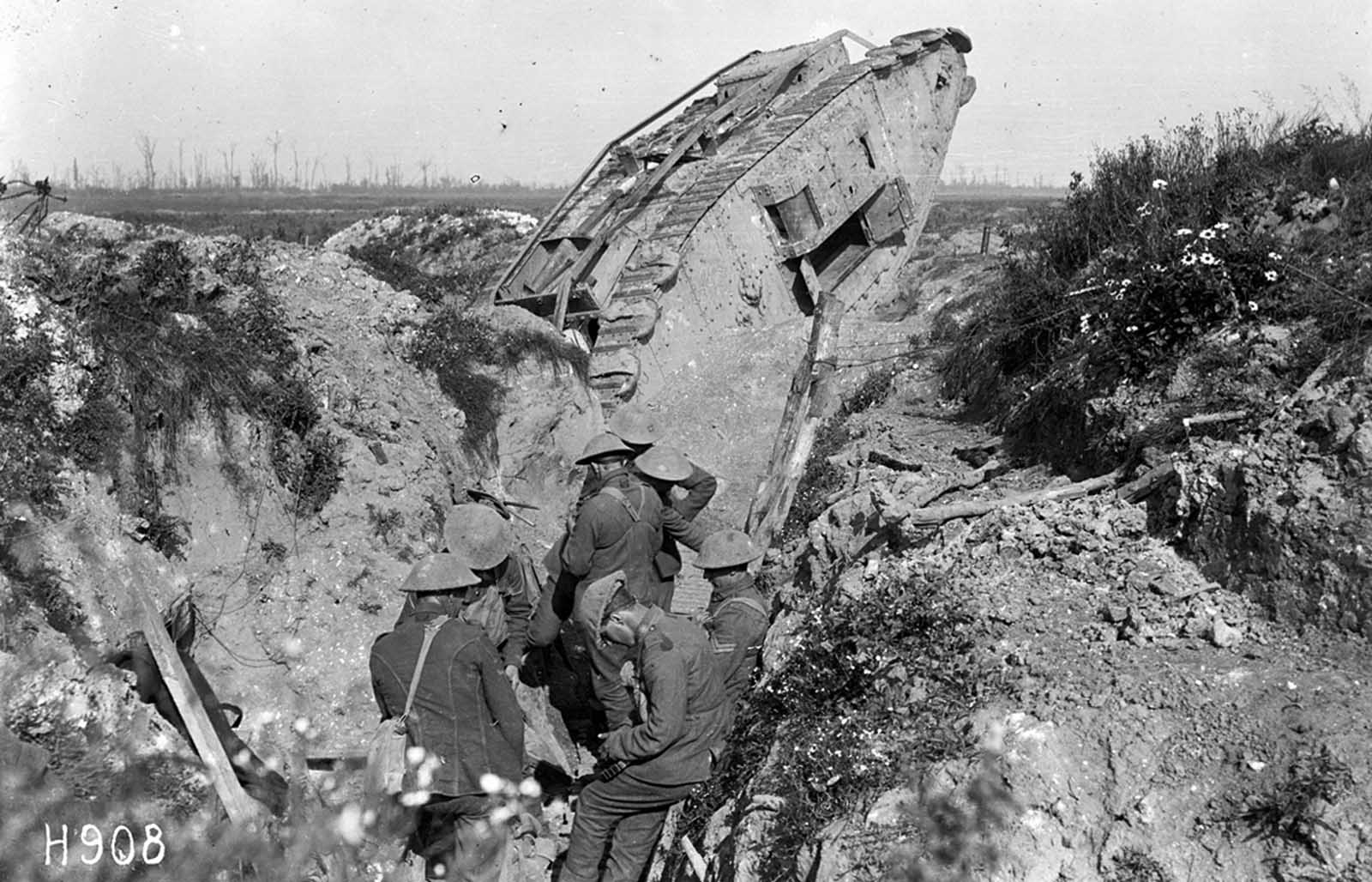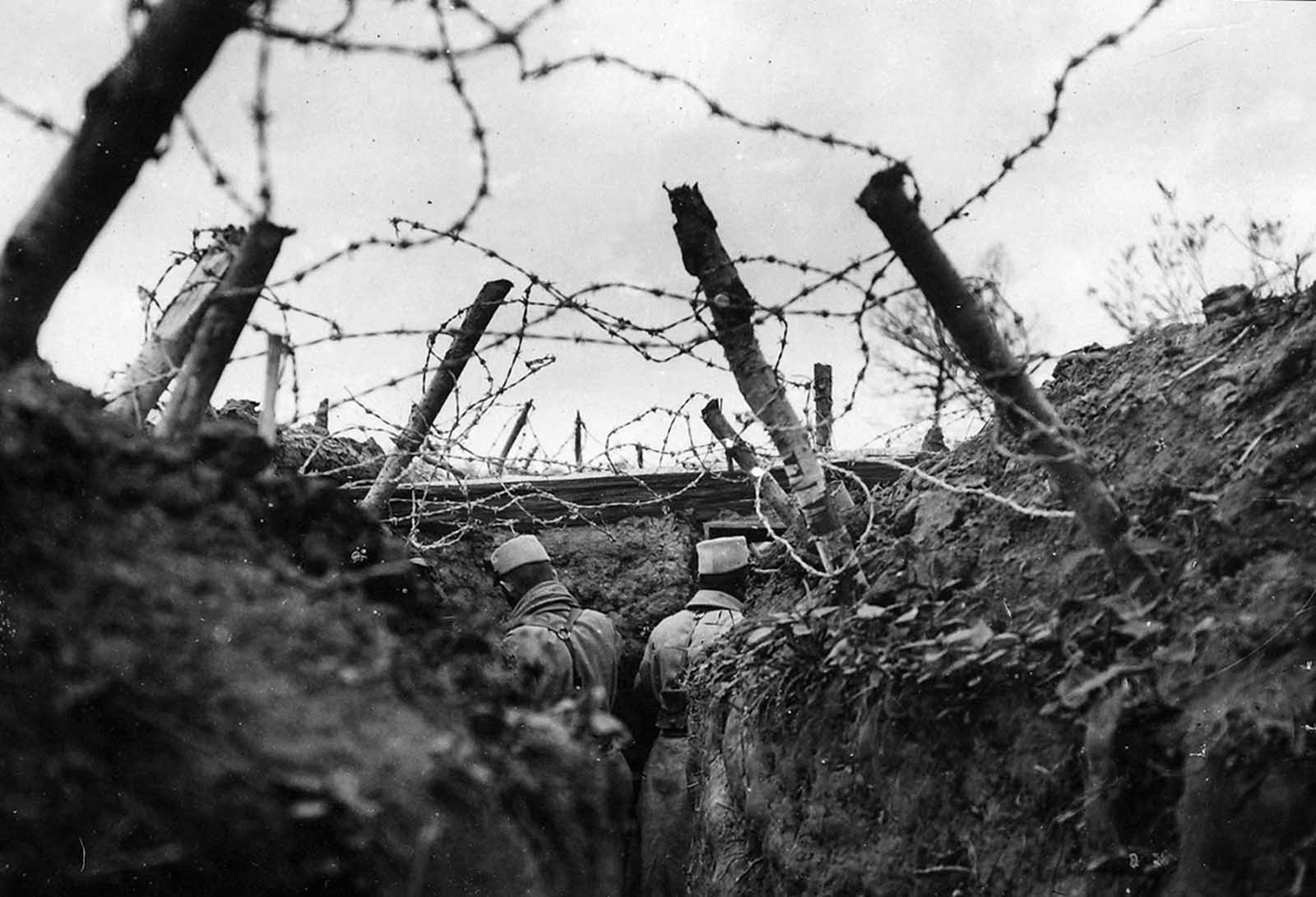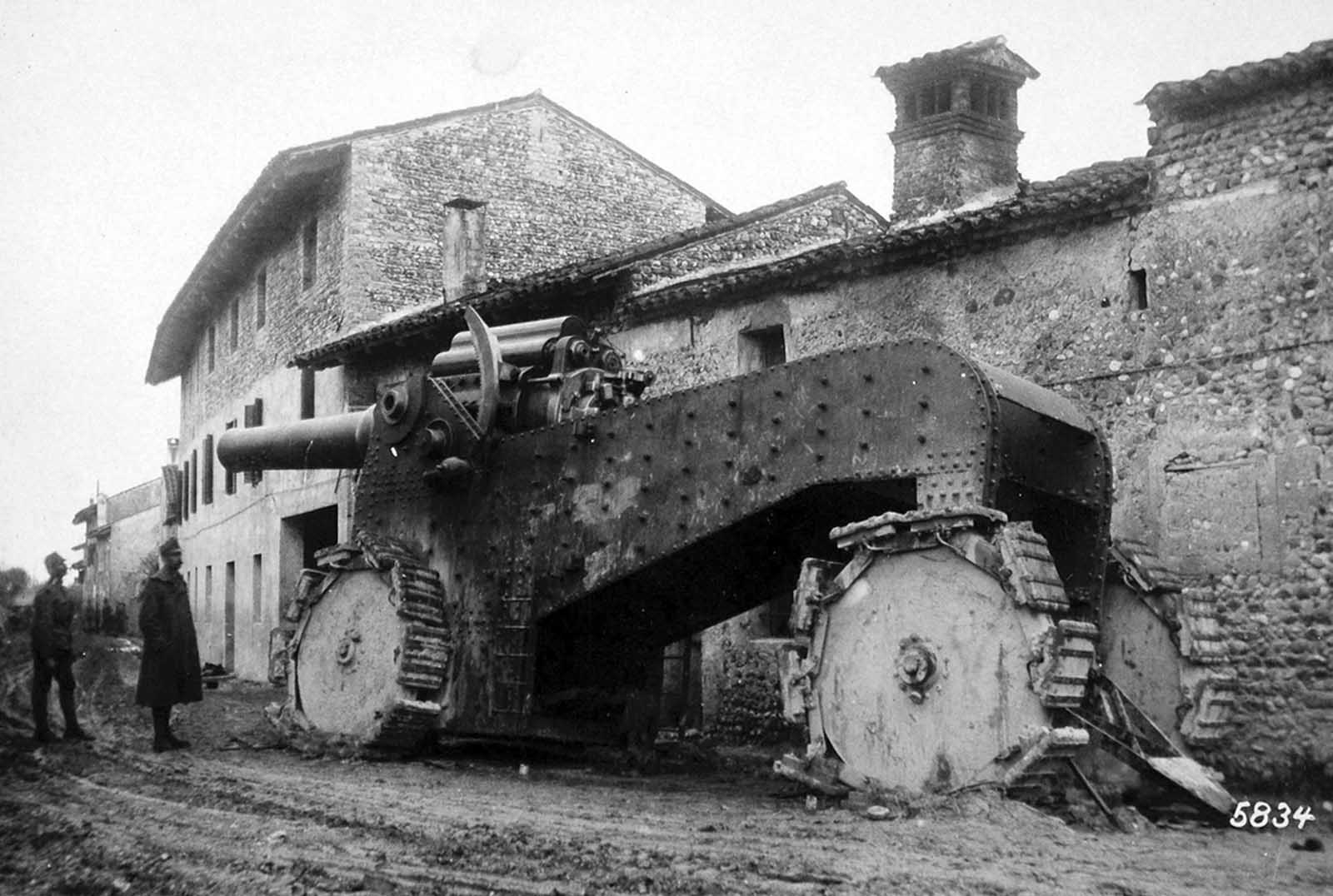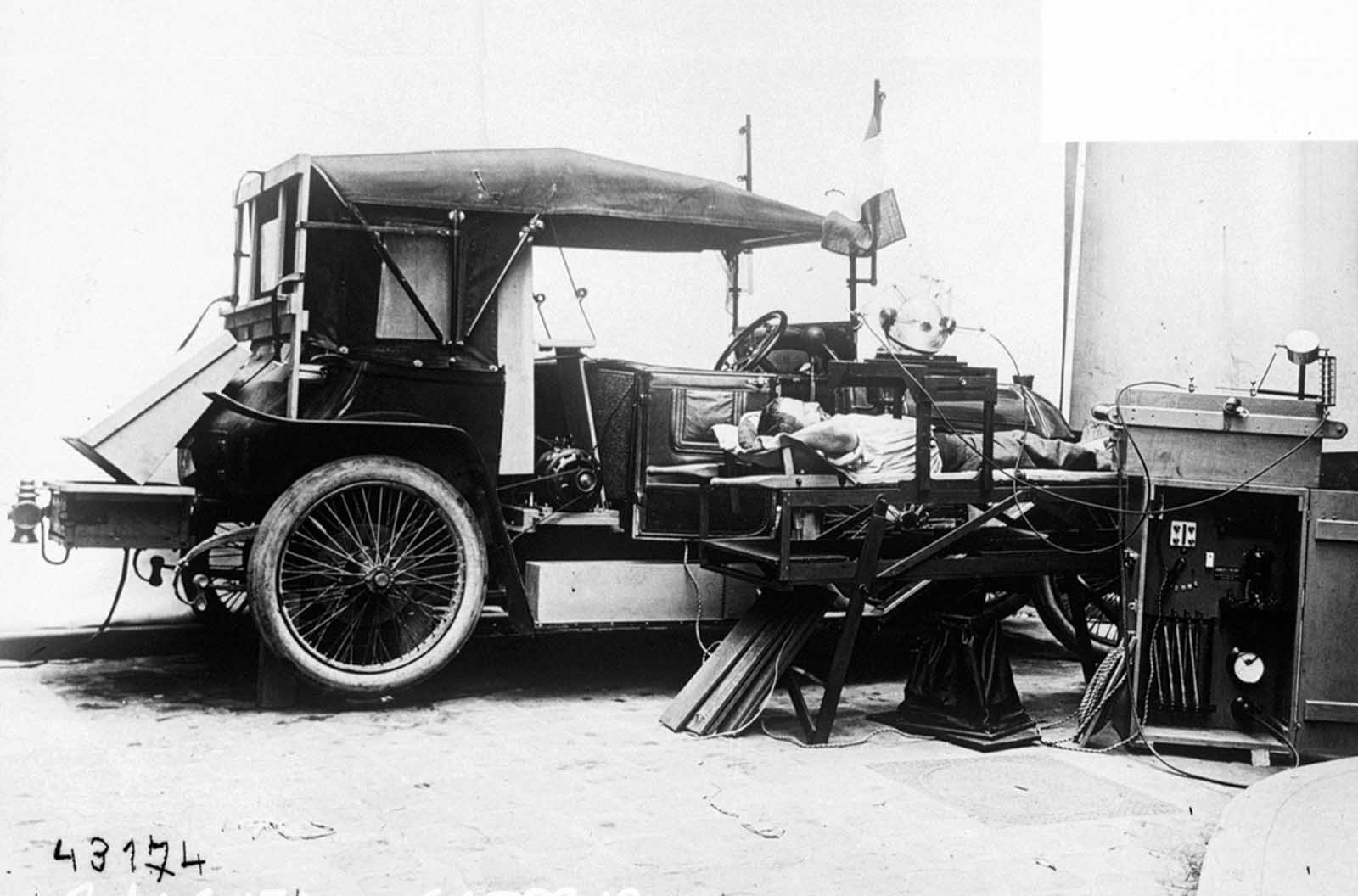In terms of technological history, World War I is significant because it marked the debut of many new types of weapons and was the first major war to “benefit” from technological advances in radio, electrical power, and other technologies. From the onset, those involved in the war were aware that technology would make a critical impact on the outcome. In 1915 British Admiral Jacky Fisher wrote, “The war is going to be won by inventions.” New weapons, such as tanks, the zeppelin, poison gas, the airplane, the submarine, and the machine gun, increased casualties, and brought the war to civilian populations. The Germans shelled Paris with long-range (60 miles or 100 kilometers) guns; London was bombed from the air for the first time by zeppelins. World War I was also the first major war that was able to draw upon electrical technologies that had been in development at the turn of the century. Radio, for example, became essential for communications. The most important advance in radio was the transmission of voice rather than code, something the electron tube, as oscillator and amplifier, made possible. Electricity also made a huge impact on the war. Battleships, for example, might have electric signaling lamps, an electric helm indicator, electric fire alarms, remote control—from the bridge—of bulkhead doors, electrically controlled whistles, and remote reading of water level in the boilers. Electric power turned guns and turrets and raised ammunition from the magazines up to the guns. Searchlights—both incandescent and carbon-arc—became vital for nighttime navigation, for long-range daytime signaling, and for illuminating enemy ships in night engagements. Chemical warfare first appeared when the Germans used poison gas during a surprise attack in Flanders, Belgium, in 1915. At first, gas was just released from large cylinders and carried by the wind into nearby enemy lines. Later, phosgene and other gases were loaded into artillery shells and shot into enemy trenches. The Germans used this weapon the most, realizing that enemy soldiers wearing gas masks did not fight as well. All sides used gas frequently by 1918. Its use was a frightening development that caused its victims a great deal of suffering, if not death. Both sides used a variety of big guns on the western front, ranging from huge naval guns mounted on railroad cars to short-range trench mortars. The result was a war in which soldiers near the front were seldom safe from artillery bombardment. The Germans used super–long-range artillery to shell Paris from almost eighty miles away. Artillery shell blasts created vast, cratered, moonlike landscapes where beautiful fields and woods had once stood. Perhaps the most significant technological advance during World War I was the improvement of the machine gun, a weapon originally developed by an American, Hiram Maxim. The Germans recognized its military potential and had large numbers ready to use in 1914. They also developed air-cooled machine guns for airplanes and improved those used on the ground, making them lighter and easier to move. The weapon’s full potential was demonstrated on the Somme battlefield in July 1916 when German machine guns killed or wounded almost 60,000 British soldiers in only one day. Submarines also became potent weapons. Although they had been around for years, it was during WWI that they began fulfilling their potential as a major threat. Unrestricted submarine warfare, in which German submarines torpedoed ships without warning—even civilian ships belonging to non-combatant nations such as the United States—resulted in the sinking of the Lusitania on 7 May 1915, killing 1,195 people. Finding ways to outfit ships to detect submarines became a major goal for the allies. Researchers determined that allied ships and submarines could be outfitted with sensitive microphones that could detect engine noise from enemy submarines. These underwater microphones played an important part in combatting the submarine threat. The Allies also developed sonar, but it came too close to the end of the war to offer much help. The firing stopped on November 11, 1918, but modern war technology had changed the course of civilization. Millions had been killed, gassed, maimed, or starved. Famine and disease continued to rage through central Europe, taking countless lives. Because of rapid technological advances in every area, the nature of warfare had changed forever, affecting soldiers, airmen, sailors, and civilians alike. (Photo credit: National Archives / Library of Congress / Official German Photograph of WWI). Notify me of new posts by email.
Δ Subscribe







